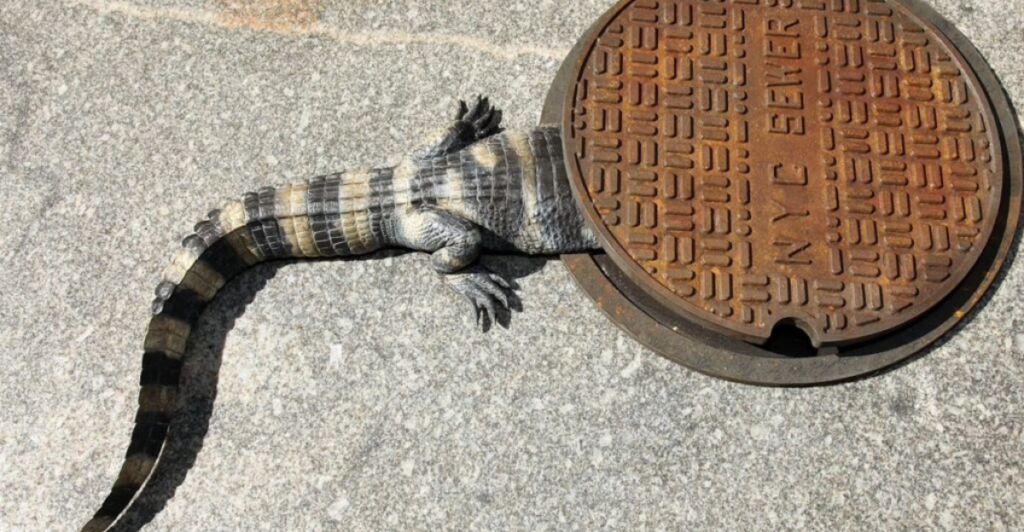
Wildlife in Florida is making an unlikely place a new part of their ecosystem, using the city sewer systems as an essential corridor to move around without any disturbances. A study by the University of Florida found that 35 species have adopted the subterranean networks as part of their habitat. Alligators, in particular, have been noted to be swimming through stormwater systems, adapting to their new urban environment quickly.
The Study
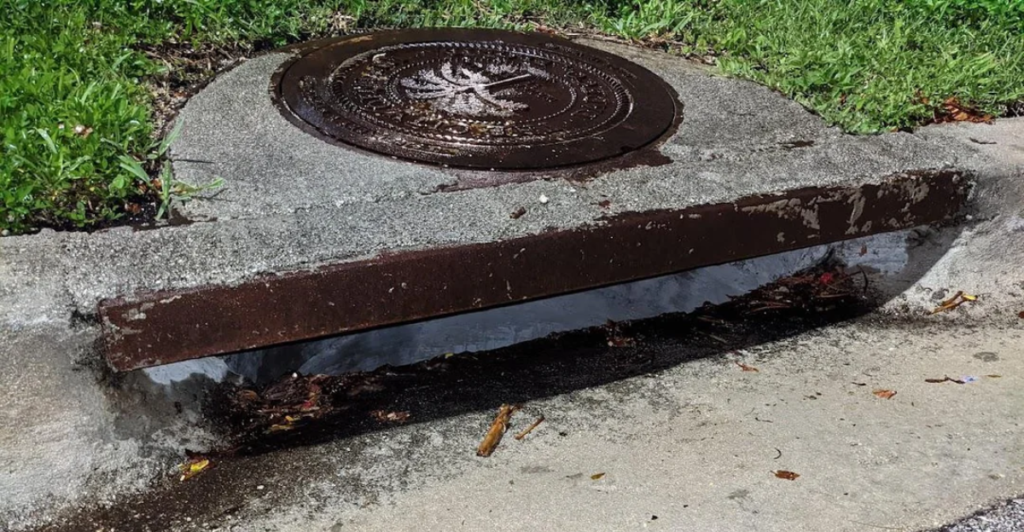
Camera traps have been used by many wildlife researchers to catch animals in their habitat without the danger of getting too close. The study used camera traps in an unlikely place – Florida’s stormwater sewer systems. They published their findings in Urban Naturalist.
An Abundance Of Life
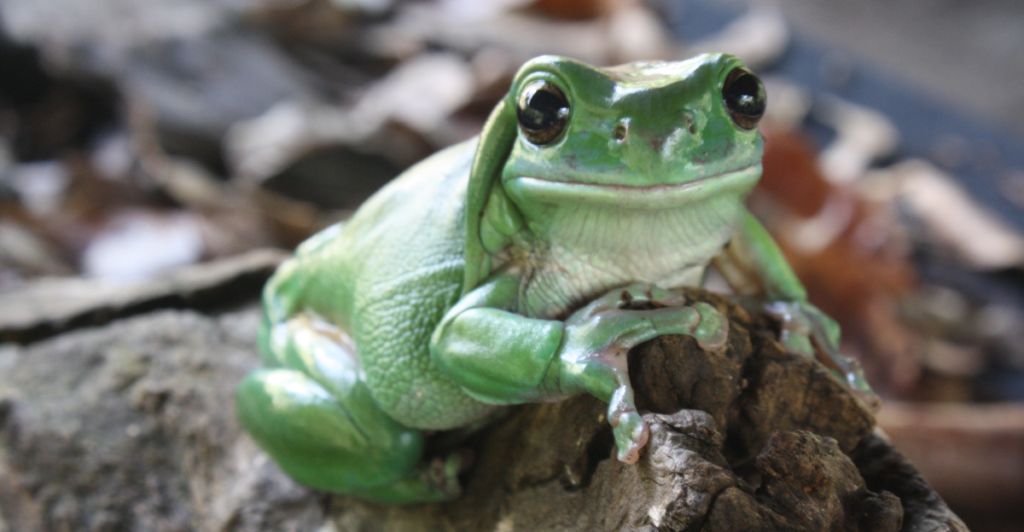
Thirty-five different species have been documented in the sewer system. Amphibians, reptiles, and even birds have been caught on the remote cameras. The most common animals caught on the cameras were Alligators, bats, and raccoons, which seem to use the vast underground network to move around while avoiding conflict with humans.
Alligators
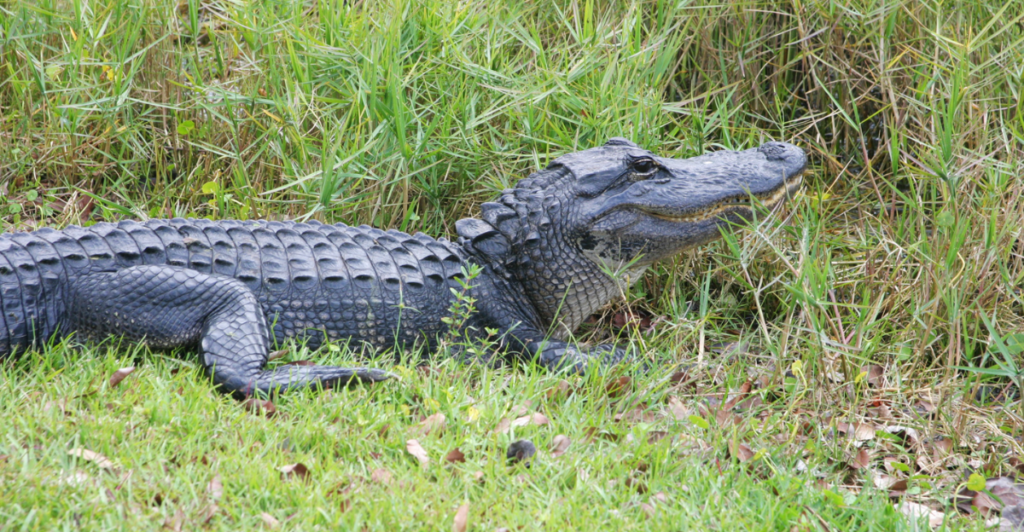
Across five different camera locations, there were over 50 American alligators spotted in the swers. They use they use the connected network swim between ponds. By doing this, they can avoid hazardous urban areas like busy roads. This shows how quickly wildlife can adapt to urban environments.
Their Behavior
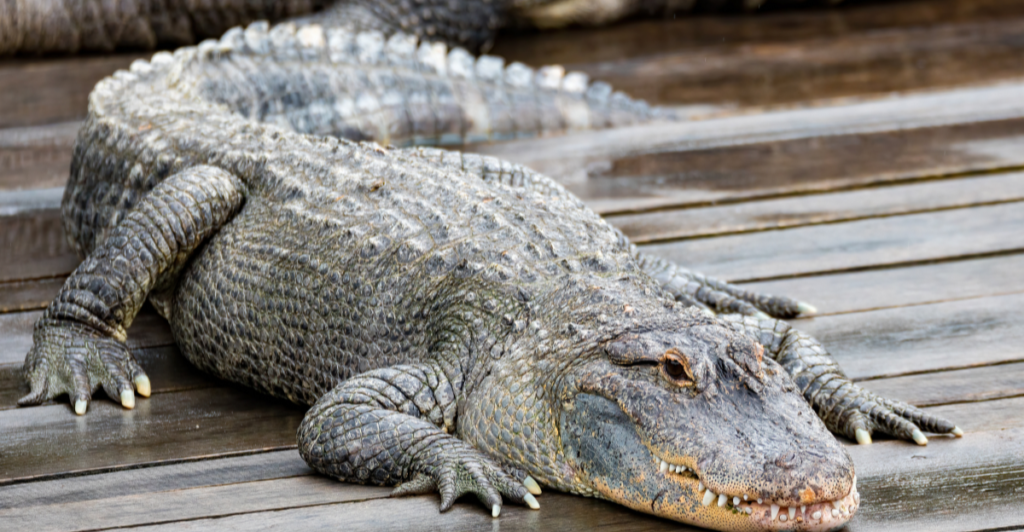
The cameras that caught the alligators showed that they don’t linger in the sewers but instead use them as a “highway,” navigating the complex tunnels with ease. They have quickly mapped the sewers and know where to go to get to their ponds in the fastest, and safest way possible, avoiding human interaction all together.
Other Reptiles
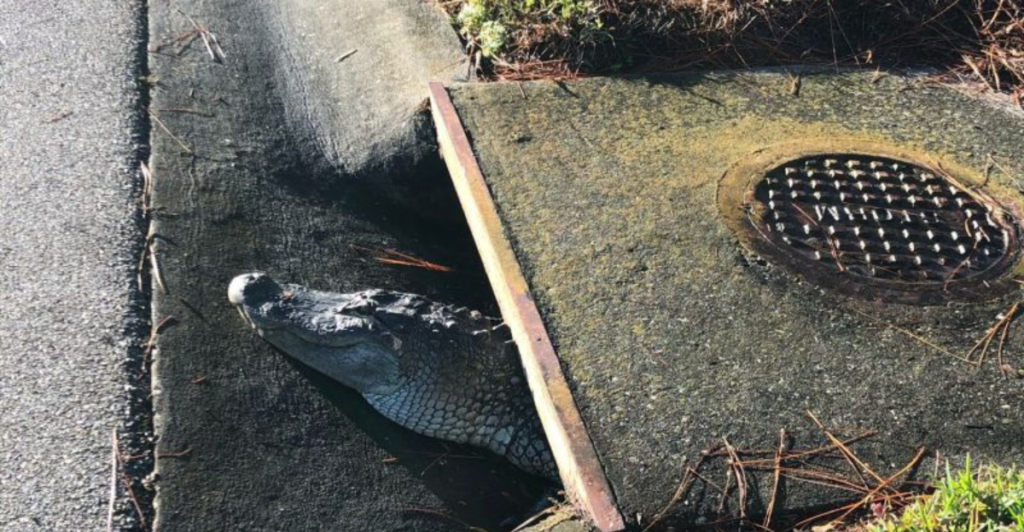
Although alligators were the primary reptile found in the sewer systems, they weren’t the only one. Six other species of reptile was found including the Yellow-bellied Slider turtle. The reptiles seemed to be found primarly where water persisted. The turtles used the sewers much like the alligators, as a way to reach ponds more safely.
Mammals
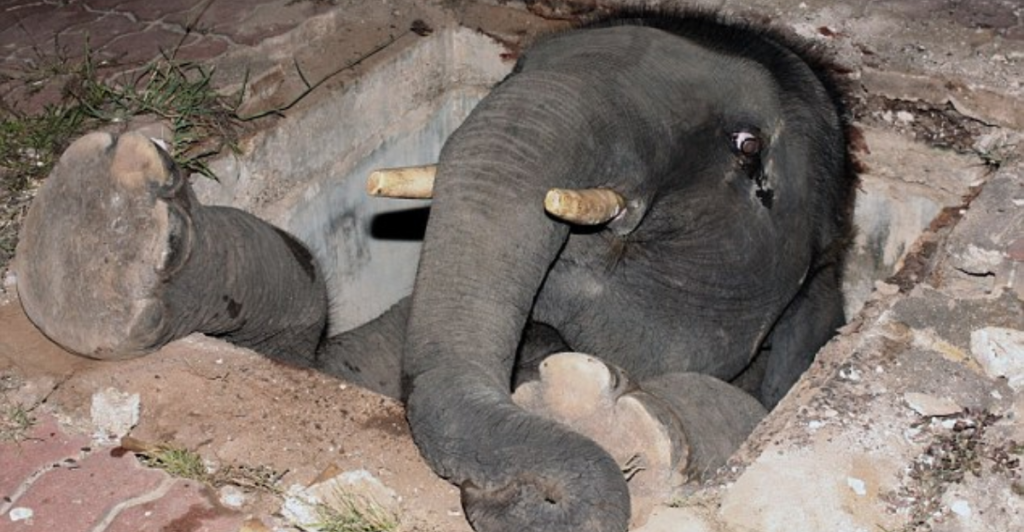
Mammals were also found in the sewer systems, including raccoons and bats, which accounted for half of the documented species seen. The mammals may use the network like the reptiles do, but they could also be down there to forage for food.
Amphibians
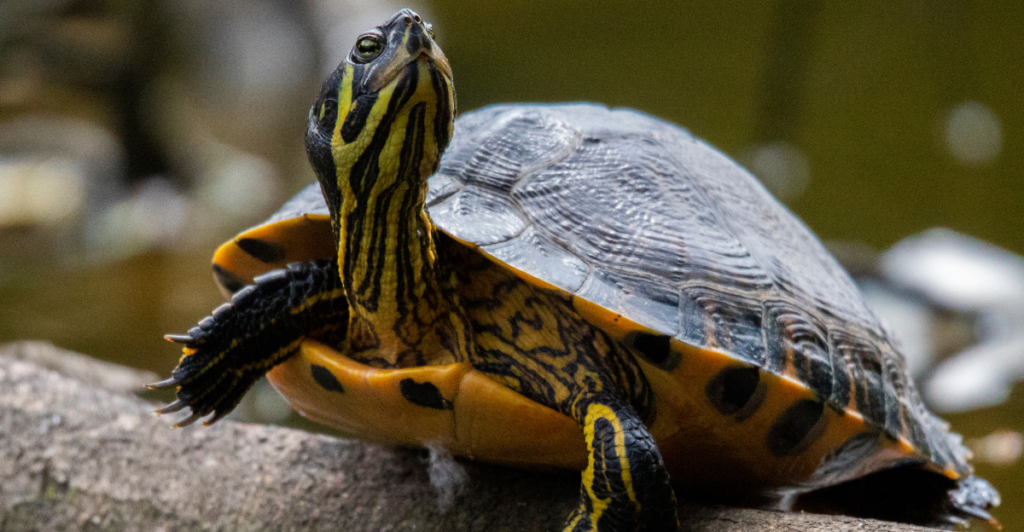
Frogs and toads were commonly seen in the sewer systems, which supports the theory that they are often washed down into the tunnels through storm drains during storms. Surprisingly, birds were also found in the sewers. They were seen at the entrance to the sewer pipes, most likely foraging and looking for nesting grounds.
An Ecosystem
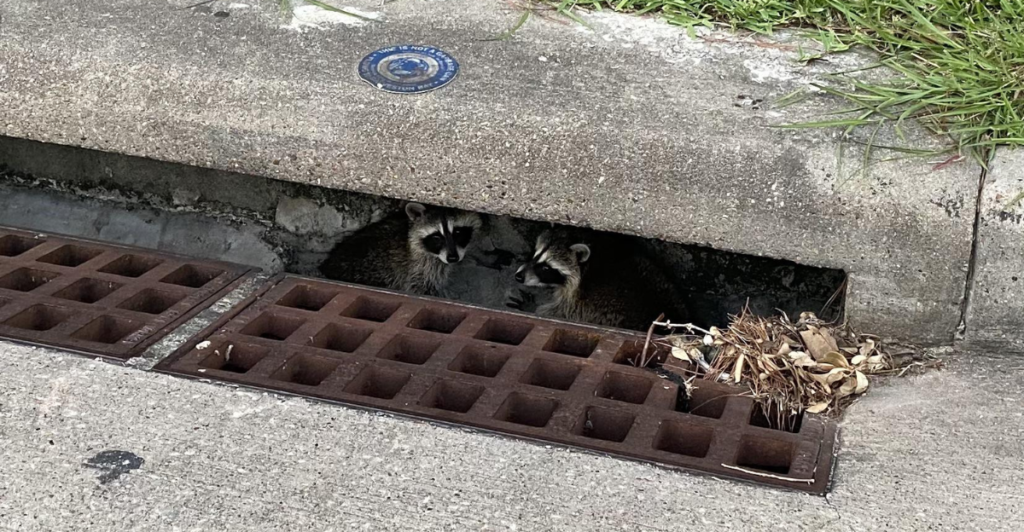
With over 35 species using the underground sewers, an ecosystem could be developing. There are enough variance in the species that their could be a viable food chain, with the alligators at the top hunting foragers such as raccoons and other smaller animals. With vegetation in nearby ponds, these networks act as important corridors that can sustain life.
An Unlikely Place Of Biodiversity
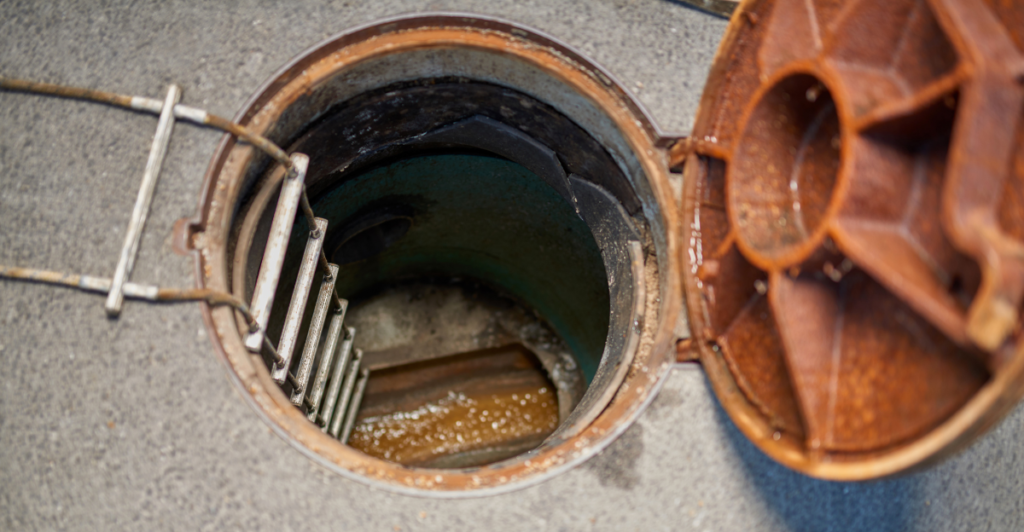
Although there are many rumors and myths about animals, especially alligators, living in the sewer systems beneath cities, it seems like they are, at the very least, an unlikely place of biodiversity. Researchers are likely to keep studying the ecosystems beneath cities and if they play any crucial roles in habitat balance.
Relying On Heat Signatures

The cameras used in the study use heat signatures to detect animals. This means that in the case of cold-blooded reptiles, many could have passed by unnoticed. There are implications that the actual number of alligators and other reptiles could be much higher than studied. Despite these limitations, the study has proved how essential these urban corridors are to many species, and conservation should be kept in mind moving forward.
Explore more of our trending stories and hit Follow to keep them coming to your feed!

Don’t miss out on more stories like this! Hit the Follow button at the top of this article to stay updated with the latest news. Share your thoughts in the comments—we’d love to hear from you!







